Exploring the wild beauty of Africa through a safari is a dream come true for many adventurers. While the chance to see majestic animals in their natural habitat can be awe-inspiring, these experiences sometimes take an unexpected turn. Safari tours often emphasize safety, but there are shocking incidents where human and wildlife interactions have gone horribly wrong. Here are 12 African safari attacks on humans that highlight why respecting these creatures is so essential. Buckle up and prepare for some real-life tales that serve as reminders of the wild’s unpredictability.
1. A Tragic Encounter With a Hippo on Safari in Zambia
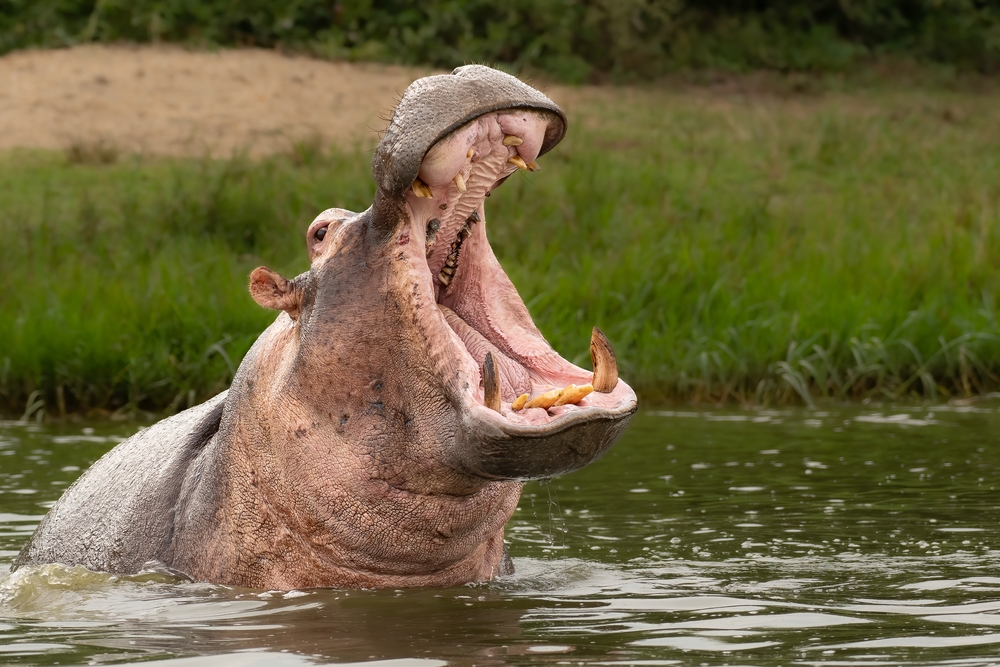
As reported in the New York Post, New Jersey mom Lisa Manders’ dream safari in Zambia turned into an unimaginable nightmare when she was attacked and killed by a hippo while traveling with her partner. This is an unfortunate reminder of how unpredictable and deadly wildlife encounters can be. Hippos, often underestimated due to their seemingly docile nature, are among the most dangerous animals in Africa, capable of charging at astonishing speeds both in and out of the water. The attack left those around her in shock, highlighting the risks that come with venturing too close to these territorial giants.
Her tragic passing serves as a stark warning about the real dangers of wildlife tourism, even in controlled environments. While safaris offer breathtaking encounters with nature, they also demand a deep respect for the unpredictable power of wild animals. Hippos alone are responsible for hundreds of fatalities each year, often due to their hyper-aggressive tendencies when they feel threatened. Lisa’s heartbreaking story is a sobering reminder that even in the most beautiful, once-in-a-lifetime experiences, nature’s raw force must never be underestimated.
2. Lion Attack in South Africa
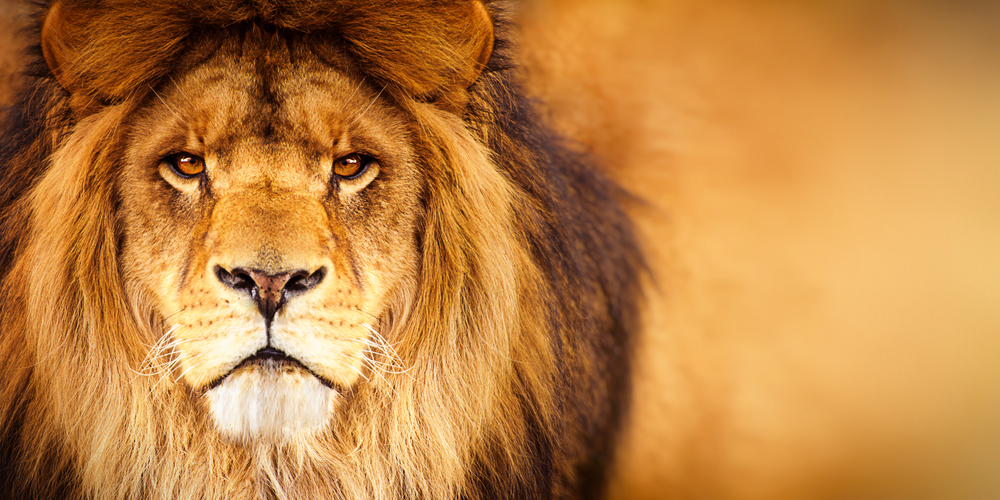
Imagine being on a safari, admiring the king of the jungle from a safe distance, and suddenly finding yourself on the wrong side of his curiosity. In South Africa, a tourist at a popular wildlife park decided to roll down their window for a better view and perhaps a selfie. To their horror, a lioness approached the vehicle, saw the opportunity, and attacked, inflicting serious injuries before park rangers could intervene. This incident underscores the importance of following park guidelines, which often include warnings against opening car windows.
According to a report by National Geographic, lions perceive open windows as an invitation, not a harmless gesture. The attack was a stern reminder that wildlife, no matter how majestic, is unpredictable and should be admired from a respectful distance. The victim fortunately survived but was left with lifelong scars as a reminder of their encounter. This safari turned from a dream to a nightmare in a matter of seconds, stressing the need for strict adherence to safety guidelines.
3. Elephants on a Rampage in Zimbabwe
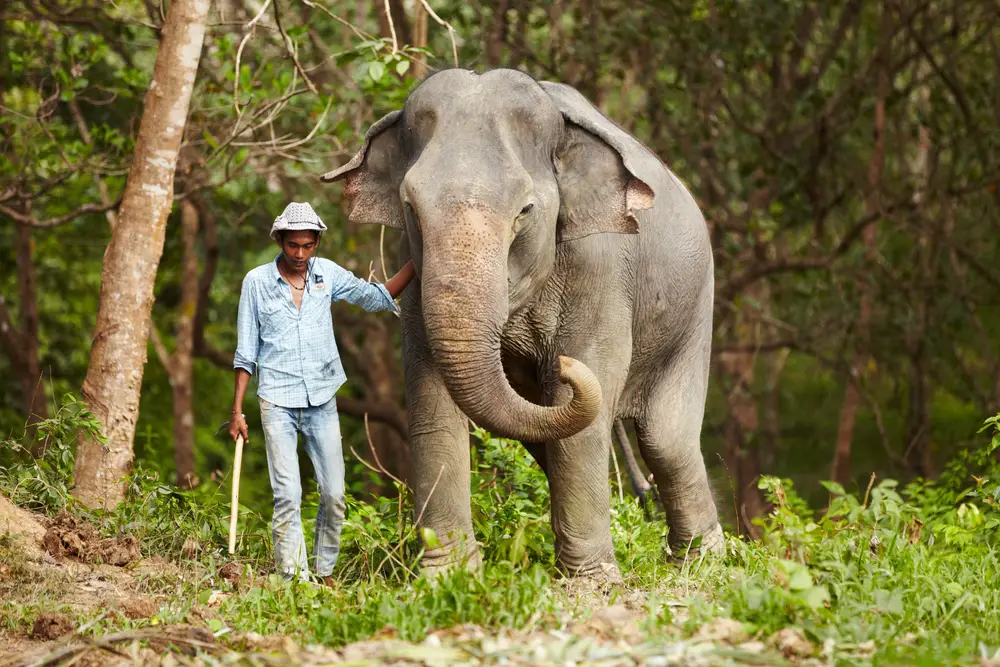
In Zimbabwe, what began as a peaceful elephant sighting quickly spiraled out of control. A group of tourists witnessed a majestic herd from their safari jeep, taking in the scene with awe and excitement. However, the situation turned dire when one of the elephants, feeling threatened or perhaps protecting its young, charged at the vehicle. The tourists barely had time to react as the elephant flipped the jeep over, causing panic and chaos.
Experts from BBC News explain that elephant attacks can occur when these intelligent creatures feel their territory is being invaded. Fortunately, no one was seriously injured, but the ordeal left the group shaken and acutely aware of the potential dangers of safari excursions. This incident serves as a crucial reminder that elephants, though often perceived as gentle giants, demand respect and distance. Tourists must remember that they are guests in the wild and should always prioritize safety.
4. Cheetah Encounter Gone Wrong in Kenya
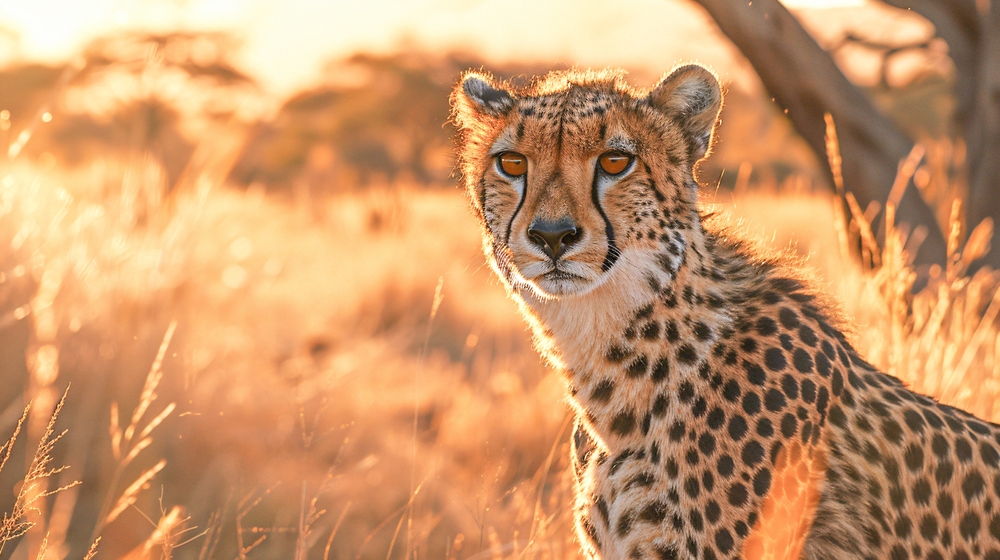
One of the most agile and stunning creatures to witness in the wild is undoubtedly the cheetah. In Kenya, a close encounter with these swift predators turned dangerous when a group of tourists left the safety of their vehicle to get a closer look. As they approached, the cheetah, feeling their presence as a potential threat, sprinted towards them. The tourists froze in fear, realizing too late the gravity of their mistake.
According to **The Guardian**’s wildlife experts, cheetahs are generally shy and avoid human contact. Nonetheless, their speed and power make them formidable when provoked or cornered. Luckily, the cheetah was more interested in escaping than attacking, but the scare was enough to teach the tourists a valuable lesson. Safaris provide incredible opportunities to witness wildlife, but respecting boundaries is non-negotiable to ensure both human and animal safety.
5. Leopard Attack in Namibia
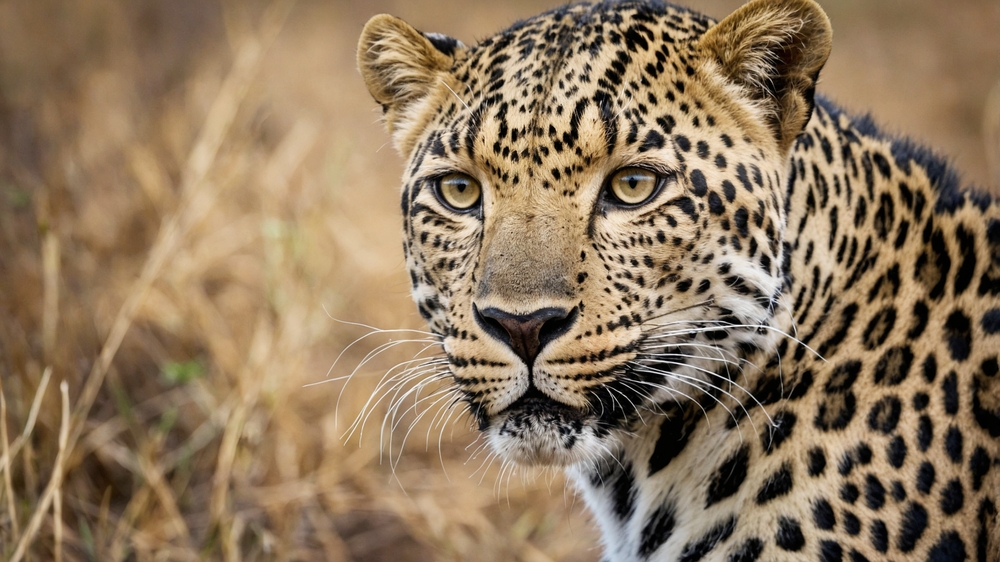
Leopards are often elusive and hard to spot, making sightings a special event on any safari. In Namibia, however, one such sighting turned dangerous for a campsite manager who was caught off guard by a stealthy leopard prowling the area. The leopard attacked swiftly, causing panic and fear among the campers. This incident highlights the unpredictable nature of wildlife and the importance of vigilance even in seemingly safe zones.
Witnesses described the attack as a reminder of the thin line between safe viewing and dangerous encounters. The manager sustained injuries but was grateful for the timely intervention of nearby camp staff who managed to scare the leopard away. While leopards typically avoid human interaction, this incident underscores their unpredictable nature. This encounter emphasizes that respect and caution should always be paramount when camping in regions populated by wildlife.
6. Rhino Charge in Tanzania
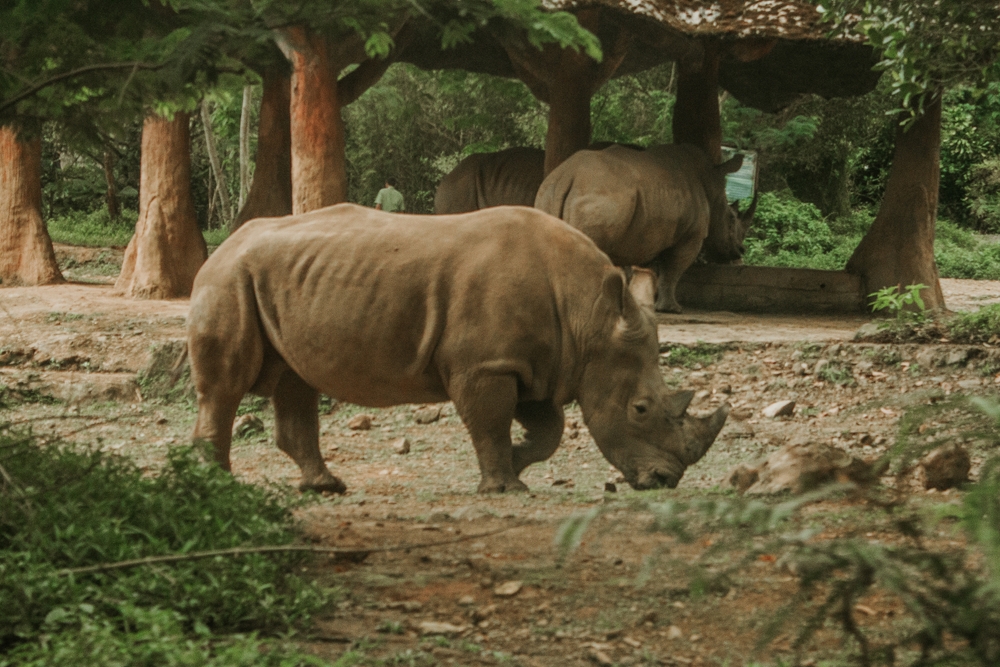
Rhinos are among the most iconic animals to view on a safari, yet their power and speed are often underestimated. In Tanzania, a group of tourists learned this firsthand when a seemingly calm viewing experience turned into a terrifying ordeal. As the safari vehicle approached, a protective mother rhino perceived the proximity as a threat and charged. The tourists panicked as the massive creature closed in with astonishing speed.
Fortunately, the safari guide was experienced and managed to navigate the vehicle out of harm’s way just in time. This incident served as a timely reminder of the potential dangers posed by close encounters with these powerful animals. It is crucial for tourists to trust their guides’ instincts and maintain a safe distance at all times. Respect and awareness of wildlife behavior are key to ensuring safe and enjoyable safari experiences.
7. Buffalo Attack in Kruger National Park
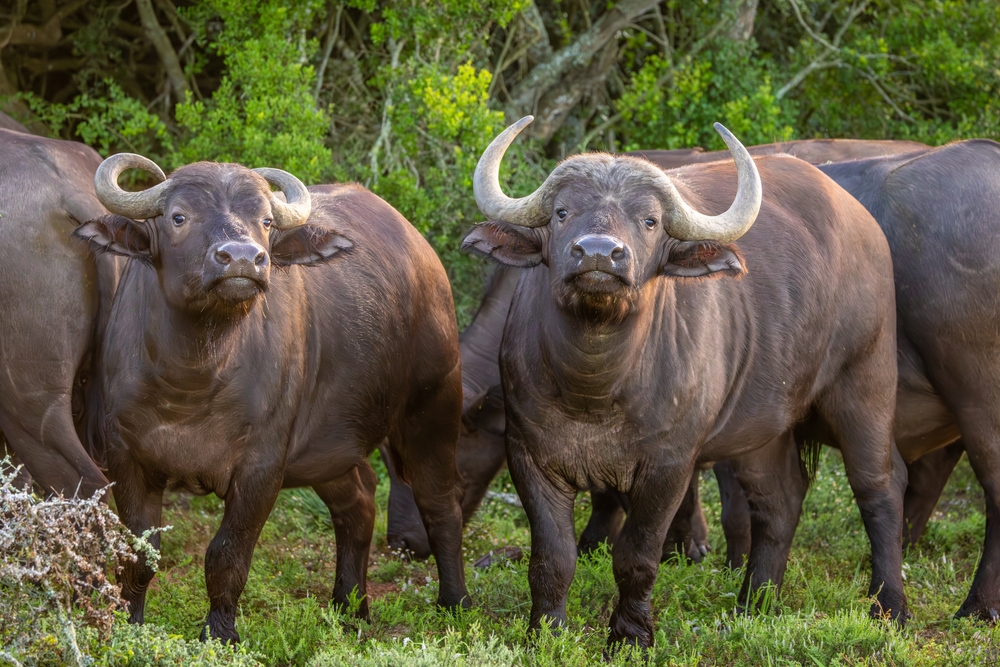
While buffalo may not have the glamour of big cats or the grandeur of elephants, they are formidable creatures in their own right. In South Africa’s Kruger National Park, a tourist learned just how dangerous a buffalo can be when they strayed too close. Mistaking the animal’s calm demeanor for docility, the individual approached to snap a few photos. The buffalo, feeling threatened, charged with surprising speed and ferocity, injuring the unwary tourist.
Buffalos are known for their unpredictable nature and can become aggressive without warning. This unfortunate encounter underscores the critical importance of respecting wildlife and maintaining safe distances. Safari guides are trained to keep tourists safe and are aware of the animals’ potential reactions. Their advice should always be heeded to prevent such dangerous incidents.
8. Crocodile Attack in the Okavango Delta

The Okavango Delta is renowned for its rich biodiversity and offers tourists a chance to see some of the world’s most fascinating creatures. Yet the waters of this delta harbor one of Africa’s most fearsome predators: the crocodile. A tourist on a boating safari learned this the hard way when a crocodile lunged at the vessel, its powerful jaws snapping shut inches away from a passenger. The encounter was a chilling reminder of the lurking dangers beneath the water’s surface.
Crocodiles are ambush predators, and their attacks can be swift and deadly. The terrifying ordeal left the group in shock but thankfully unharmed due to the guide’s quick thinking and evasive maneuvers. Such experiences highlight the importance of being vigilant and aware of the environment when traversing crocodile-inhabited waters. Adhering to safety guidelines and respecting the natural habitats of these formidable creatures is essential to ensure a safe safari experience.
9. Giraffe Attack in Zambia
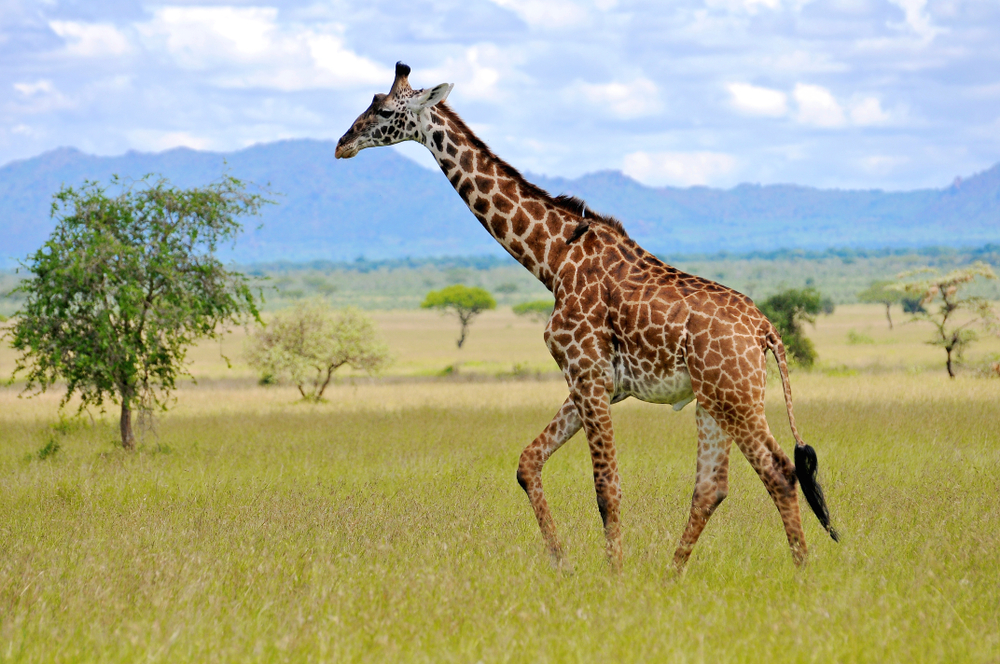
Giraffes are often seen as gentle giants, their long necks and serene demeanor captivating safari-goers. However, in Zambia, one tourist discovered that these towering creatures can be dangerous when agitated. While observing a herd, the tourist got too close, triggering an unexpected reaction from a protective male giraffe. The animal swung its powerful neck, knocking the tourist to the ground and resulting in serious injuries.
This incident serves as a sobering reminder that no animal, regardless of its perceived gentleness, should be underestimated or provoked. Giraffes, despite their calm appearance, are capable of causing harm if they feel threatened. Encountering wildlife requires a respectful distance and an understanding of animal behavior. Safaris should be conducted with caution and reverence for the creatures that call these landscapes home.
10. Wild Dog Attack in Botswana
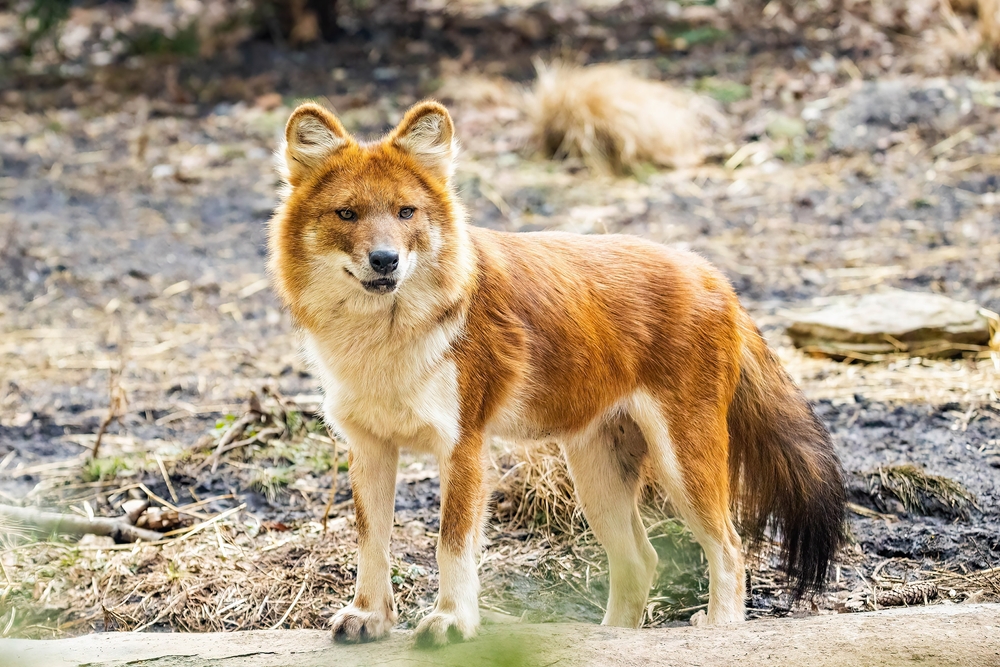
Wild dogs are among Africa’s most efficient predators, known for their teamwork and relentless hunting techniques. In Botswana, a close encounter with a pack of wild dogs turned alarming when the animals approached a group of unsuspecting tourists. The guides managed to keep the situation under control, but the close proximity of the animals was enough to cause panic. The tourists learned that wild dogs, while fascinating to observe, demand respect and caution.
Wild dogs are endangered, and sightings are rare, making this experience both thrilling and terrifying. The incident served as a vivid reminder of the wild’s unpredictability and the importance of following expert guidance during safaris. Maintaining a safe distance and respecting wildlife boundaries are crucial to ensure both human safety and the preservation of these incredible creatures. It is essential to remember that safaris offer a glimpse into the untamed world, which requires an understanding and respect for its inherent dangers.
11. Hyena Encounter in Kenya
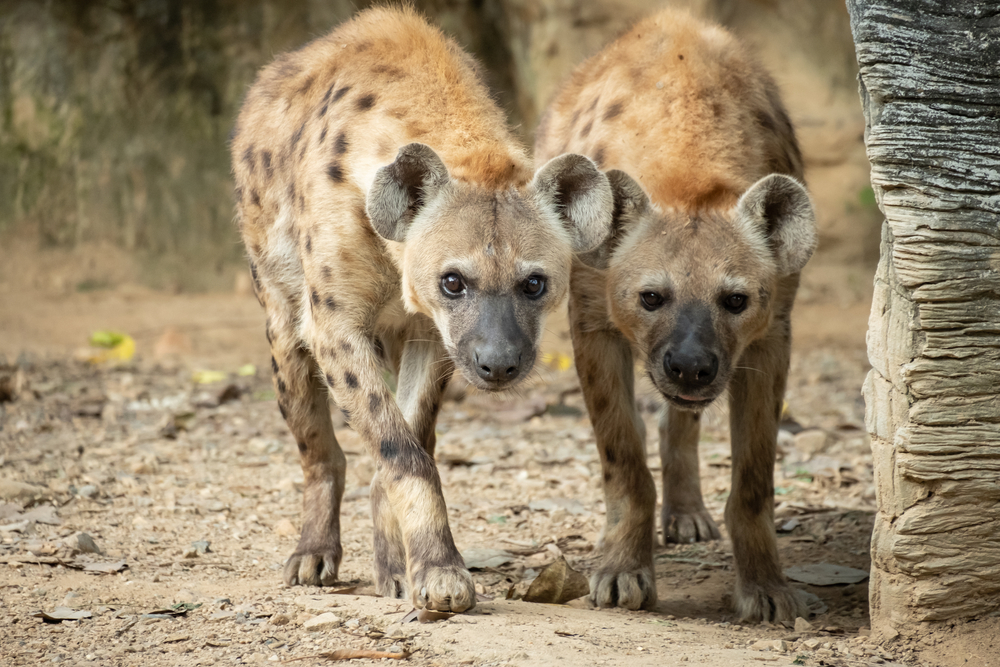
Hyenas may not be the most revered of safari animals, but their cunning and strength make them formidable in the wild. In Kenya, a group of campers found themselves in a precarious situation when a pack of hyenas approached their site at night. The animals were attracted by the scent of food, and their bold approach left the campers in a state of fear. The quick thinking of the camp guide, who used noise and light to deter the hyenas, prevented a potentially dangerous situation.
This encounter highlights the need for proper campsite management and awareness of local wildlife behavior. Hyenas are opportunistic and can become a threat if not properly managed. Tourists must adhere to safety protocols, including securing food and maintaining a clean campsite, to avoid attracting these predators. Understanding and respecting the natural behaviors of wildlife are essential to ensuring safe and enjoyable safari adventures.
12. Baboon Mischief in Tanzania
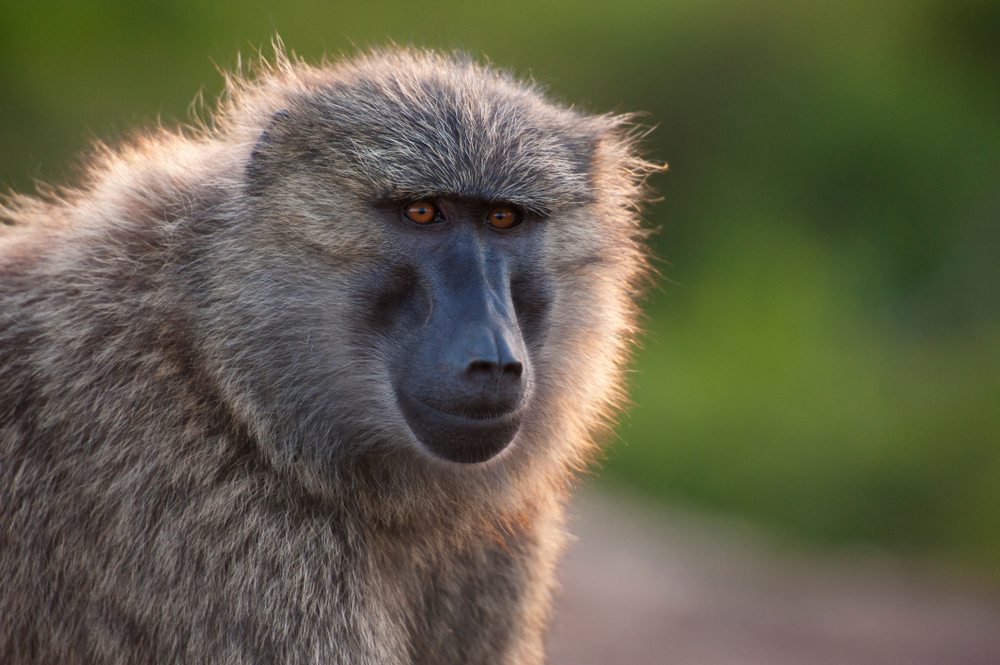
Baboons are intelligent and highly social animals, often seen as both charming and mischievous. In Tanzania, their curiosity turned into a nuisance when a troop of baboons raided a tourist camp. The primates rummaged through belongings, causing chaos and tension among the tourists. While the encounter was more mischievous than dangerous, it served as a reminder of the challenges posed by wildlife interactions.
Tourists learned the hard way that baboons, though seemingly harmless, can be assertive and aggressive when they perceive food or shiny objects. Following guide instructions to secure belongings and maintain a respectful distance can prevent such incidents. These encounters highlight the importance of being vigilant and proactive in managing interactions with wildlife. Safaris offer an incredible opportunity to experience nature, but they also demand responsibility and respect for the creatures encountered.
